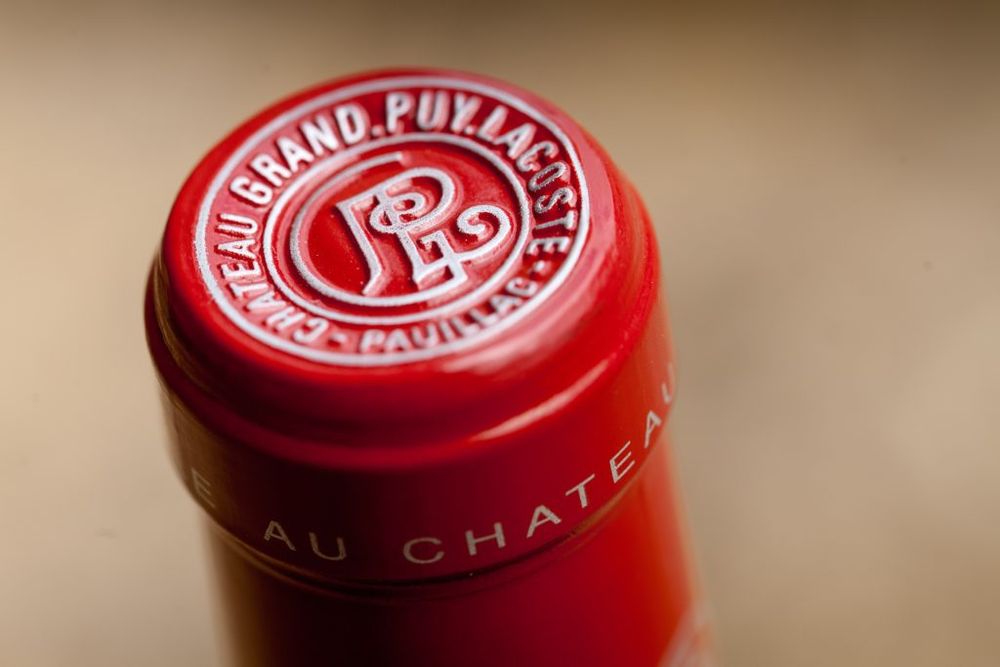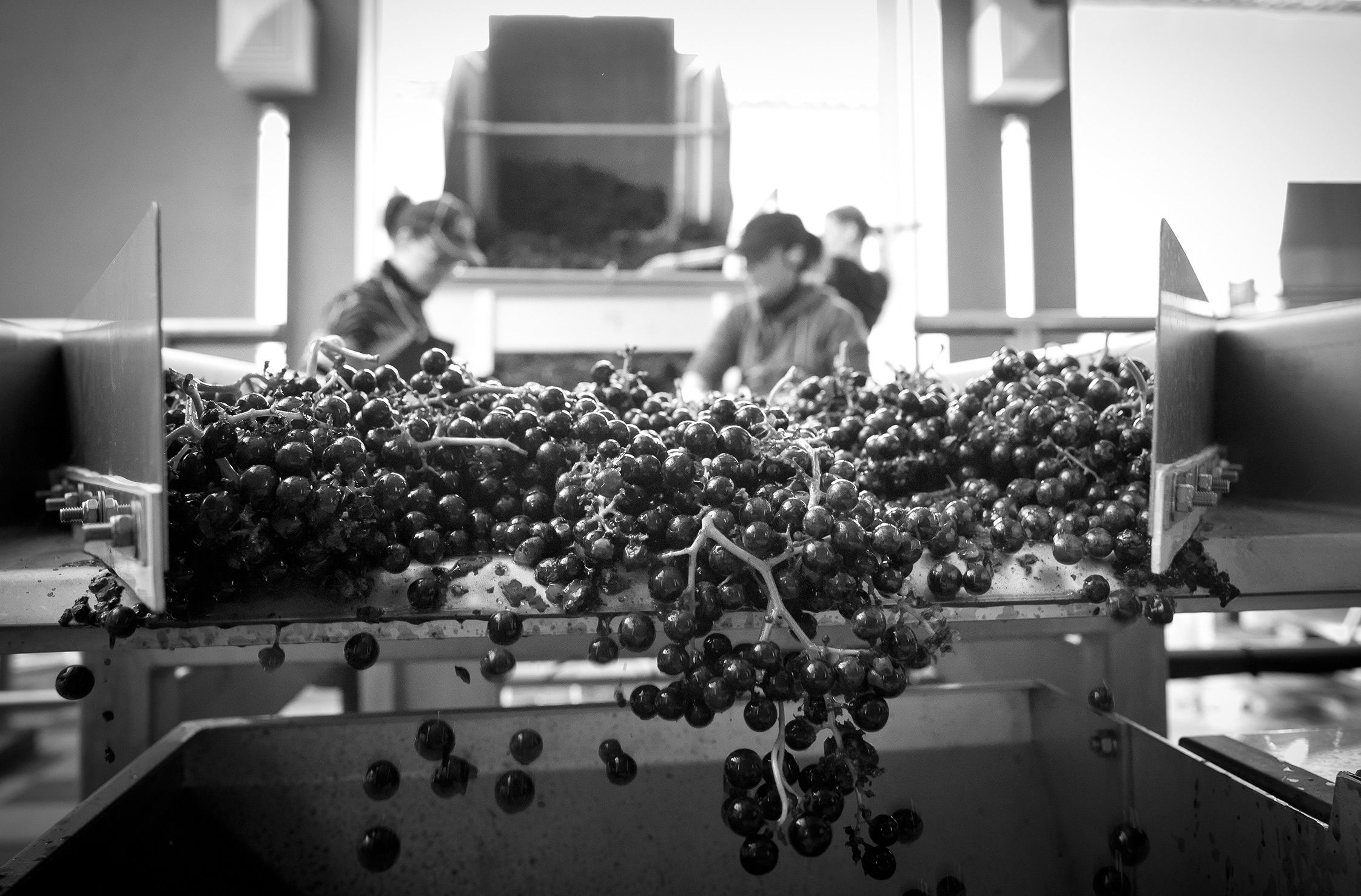“This lot (Pauillac), and the St Juliens, are why I love wine. There is some serious hooch in Pauillac in 2016. St Julien is always more consistent, but Pauillac is, for me, what it’s all about,” writes Fowler.
So: what makes a great vintage? A trickier question than you might think. Which is why it was all so much easier when Big Bob was around. Because – let’s be honest here: even if it’s not actually the right answer, an answer that we can all agree on is generally one that we can all accept. I count the great vintages of the 21st century as being 2005, 2009 and 2010. Probably in that order (I prefer the Savile Row cut of 2005 to the courtesan ripeness of 2009 and 2010, whilst absolutely stellar at the top end, can get a bit cut and shut further down). The ‘nearly’ vintages are 2015 and 2014 (I prefer the latter: off-the-peg Savile Row, if you like). The decent vintages are 2011 and 2012 and let’s just not talk about 2013.

Last week I tasted 264 wines from the 2016 Bordeaux vintage with the Southwold group. I didn’t taste the wines from barrel in 2017, so was looking forward to it. I was aware of the scores that had been thrown around by some, and more diligently published by others, but this was blind tasting in the truest sense: it was my first proper meeting with the vintage. Herewith my thoughts:
St Emilion
The same old story of St Emilion being the most confusing appellation in Bordeaux (and possibly anywhere) notwithstanding, these wines in 2016 were/are much, much easier to taste than they have been in the past. Part of this is, I think, down to the vintage; part of it is down to winemaking, which appears to be getting much more “foot off”. Belair-Monange (I wish it was called Magdelaine) is quite lovely: broodingly serious, long and complete. Tertre-Roteboeuf is flamboyantly flashy though with the fruit and structure to balance it out.
An excellent Chapelle d’Ausone was again on the plush side but very nicely done. Canon is quite superb: broad, laid back and long, and the group adored Figeac. You could probably put those last two up against anything in this vintage. Not St Emilion, but not too far away, is Roc de Cambes. I predictably rated this very highly though admit that I spotted it immediately I put my nose in the glass: it made me smile like an old friend walking through the door. This wine always splits opinion but if, as I do, you like the style, it is quite impeccable juice.
Pomerol
Here’s an idea: I’d be interested to see what happened if everyone in Pomerol bar the top ten or so lumped their production together and made just the one wine – Les Rois de Pomerol, say – and sold it at €30 a bottle or so. Because, to me, a lot of it all tastes the same – the main difference from property to property being the skill of the winemaker and the art of the cooper.
However, once you’re at the top (or, rather, on the proper clay) 2016 in Pomerol is very good indeed, and the wines are full of character. VCC walked it for me – a wine of genuine depth with a seamless quality to it that resonates still now. I may have underscored Lafleur – the group loved it – and Eglise-Clinet showed well: ripe, full and punchy. Trotanoy was distinctly proper and I also rated Hosanna highly – a wine that shows a bit of work in the cellar but work very well done.
Graves
There are some proper wines in Graves in 2016. Big boys notwithstanding my picks were Domaine de Chevalier, Clarence de Haut-Brion and, surprisingly, Fieuzal, which was loose-knit and groovy in a way which led me to think it was Carmes Haut-Brion. DDC is lovely, and isn’t quite as glossy as it has been in the past few vintages; Clarence was tight and focussed and gives the impression of more to come. The group favourite was Carmes, which is plush and complete (proper, plush and complete appear regularly throughout my notes on these).
Margaux
Brane-Cantenac gate-crashed the party here, and I wasn’t the only taster to rate this rather flashy, minty Margaux the equal of a brooding, weighty and powerful Palmer. Looking back at my notes I underscored Rauzan-Ségla, which is delicate and subtle and clearly a wine that will blossom. Issan also did what Margaux should do, and that is charm the palate – a lovely wine. Margaux also threw up the only absolute dog of the tasting (a few faulty bottles aside). I’ll keep that one to myself but they do like a bit of barrel in Margaux, and this particular property clearly didn’t read the instructions that came with their oak chips barrels.
St Julien
Now we are cooking on gas. 2016 St Juliens are quite brilliant, and the usual suspects are the usual suspects. I had the two Bartons neck and neck, just behind Léovilles Poyferré and Lascases and, surprisingly, St Pierre, whose glossy polish completely seduced me. My winner was Ducru-Beaucaillou, which was just about as good as one could expect: plush, open, rich yet all held together with a certain very classy austerity. All of these are going to be quite fantastic with time and it’s at this level where the vintage really does shine, I think.

Pauillac
This lot, and the St Juliens, are why I love wine. There is some serious hooch in Pauillac in 2016. St Julien is always more consistent, but Pauillac is, for me, what it’s all about. This is made all the more interesting by the rise in quality of some key properties: Chx Lynch-Bages, Pichon-Lalande and Grand-Puy-Lacoste are all getting better and better every year and, along with Pichon-Baron, can all mix it with the first growths these days.
In 2016 the wine that sticks in my memory from the whole tasting is Grand-Puy-Lacoste. It is easily the best young GPL I’ve tasted. Totally complete, focussed, powerful and long. “This knows it’s good” is in my notes – a phrase that occasionally pops up in notes on Latour.
Up there with GPL are Lynch and the two Pichons. I’d speculate that any one of these four would have their nose in front on any given day. What they are in 2016 is a quartet of absolutely standout wines. And you can buy a case of all four for less than a case of any of the first growths, which strikes me as the clever thing to do if you have £4,600 or so in your pocket.
Other notable Pauillacs are a deliciously flashy Batailley, Forts de Latour (obv.), and the mercurial Pontet-Canet. In 2016 this is loose-knit and tarty, not quite as quirky as the earlier vintages of the decade but nonetheless a bit of showboat.
St Estèphe
Many of my fellow tasters found some greatness here. I confess to (a) a bit of palate fatigue and (b) a bit of non-palate-related distraction.
First off: Meyney, yet again gate-crashed the big boys. I rated this the equal of Calon-Ségur, which topped the group with Montrose a whisker behind. Cos d’Estournel is nicely laid back in 2016 and maybe I under-scored it. Lafon-Rochet is another out-performer that mixes it with the big three. 2016 is a distinctly “proper” vintage and I suspect that is why I found these rather hard to read. And: either Meyney is a wine that shows particularly well in blind tastings – like some sort of party trick – or we are all mugs and should be buying every last case that we find. I suspect that the answer is somewhere in the middle.
The Big Boys
The cheapest least-expensive 2016 first growth that you can buy is Haut-Brion at £4,900 a dozen or, if you want to bend the rules, Mission Haut-Brion at £3,400. Include the right bank stars and you have Pétrus and Le Pin at £38,000 a dozen as the most expensive. I think that is worth noting.
My pick of the big boys in 2016 was a tie between Mouton, Lafite and Latour, which is probably how it should be. Mission just edged Haut-Brion (though I did change my score for the latter so I clearly wasn’t quite sure). I marked the wines on the other side of the Gironde a fraction lower, though Lafleur is clearly up there with the best. To be fair it is all rather tight at the top.
If this seems rather flat commentary on what are the greatest wines in the world from what is clearly an excellent vintage then herewith an explanation and an opinion, and a part summary of the vintage itself, my thoughts on which have been distilling for more than a week now.

Fin
Many of my fellow tasters rate 2016 as the greatest vintage so far this century. Initially I wasn’t convinced. Largely, I think, because the first growths didn’t really knock my socks off, as they did in 2005, 2009 and 2010. But – and I think this is the point, there was plenty just below them that did. I can’t recall a better young Lynch, or Ducru, or GPL, or Comtesse, and on, and on, and on. Which is surely the hallmark of a great vintage.
Moreover, with this chasing pack on full power with afterburners, it is a little tougher for the first growths and their peers to pull away. After a week or so of contemplation I think that may well be the case, and hope that I get to taste these again with some time in bottle – this is a vintage that will reward the patient. Is it a great vintage? I prefer to say fantastic. Like a 1996 with more to it (and with great wines from both sides of the water) or, maybe, a 2010 with the volume turned down. We’ll see about that very shortly.
And I’m still thinking about that Grand-Puy-Lacoste.
This article was posted on Joss Fowler’s website Vinolent










































